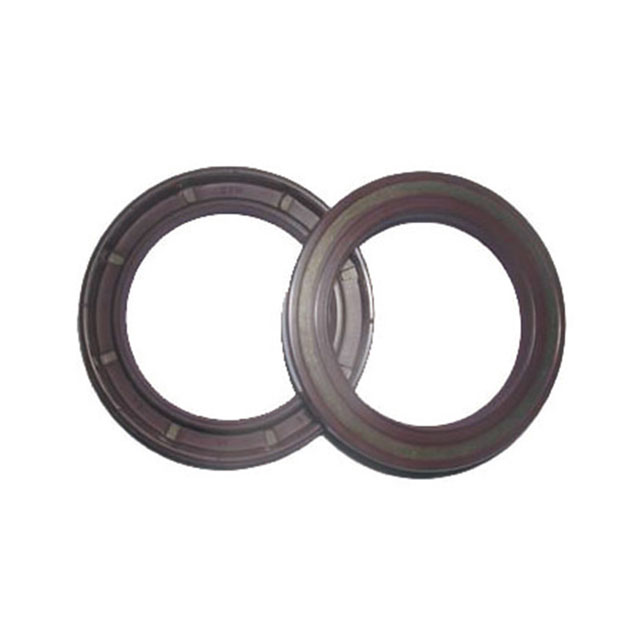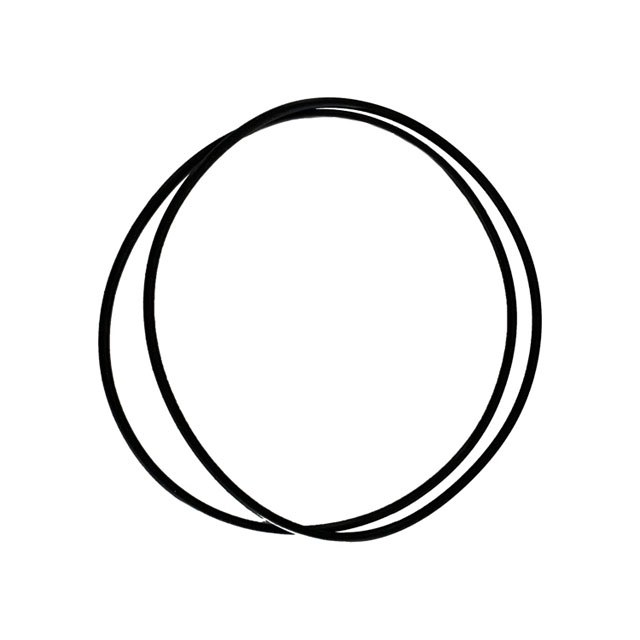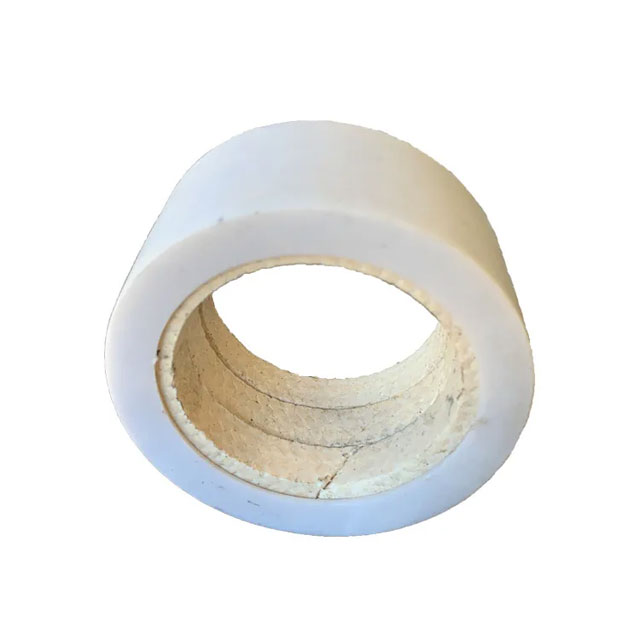WeChat: 86-13735815206 / 86-17392256505
Phone: 86-29-88680837
Mail: sales@hlsolidscontrol.com
Add: Room 804, Building 1, Western Cloud Valley Phase II, Fengxi New Town, Xixian New District, Shaanxi Province
Working characteristics of desander and desilter
The function of the desilter is to reduce the load of the downstream desilter. Installing a desilter in front of the desilter can effectively remove a large amount of particles in the load of the desilter and improve the working efficiency of the desilter. In high-speed drilling, especially in shallow wells with loose soil, large-diameter drill bits are usually used, so a large amount of drill cuttings will be generated, which may cause "rope-like" discharge at the port of the desilter.
A desander is installed upstream, at this time, the desander can provide a larger volume capacity to separate the coarser drill cuttings. Only when the desander removes the large particles of drill cuttings in the high-concentration fluid, the desander can more effectively deal with the overflow on the desander. If the drilling rate is slow and can only process about half a ton of drill cuttings per hour, the desilter can usually handle all the circulating drilling fluid. At this time, the desilter can be turned off.

The desilter is used to process all non-aggravated water-based drilling fluids, but cannot process the aggravated drilling fluid because it will remove the barite in the aggravated drilling fluid. For all non-aggravated drilling fluids, it is necessary to use a desilter for treatment. However, in viscous oil-based drilling fluids (deep water drilling), the bottom discharge will adhere to the oil phase in a large amount, so it is not possible to use a desilter to separate it.
When the drilling fluid containing a large amount of barite is processed and separated, neither the desander nor the desilter (including the micro cyclone) can be used, and only other solids control equipment can be used for processing. Because sand and barite have approximately the same size level. Most of the barite particles are 2~44μm, a few are between 44~74μm, and only 8%~15% are between 0~2μm. The separation particle size of the desilter is 47-76μm, while the separation particle size of the desilter is 15-47μm. Because many barite particles are within the above-mentioned separation particle size, they will be discharged together with fine particles and coarse particles.



